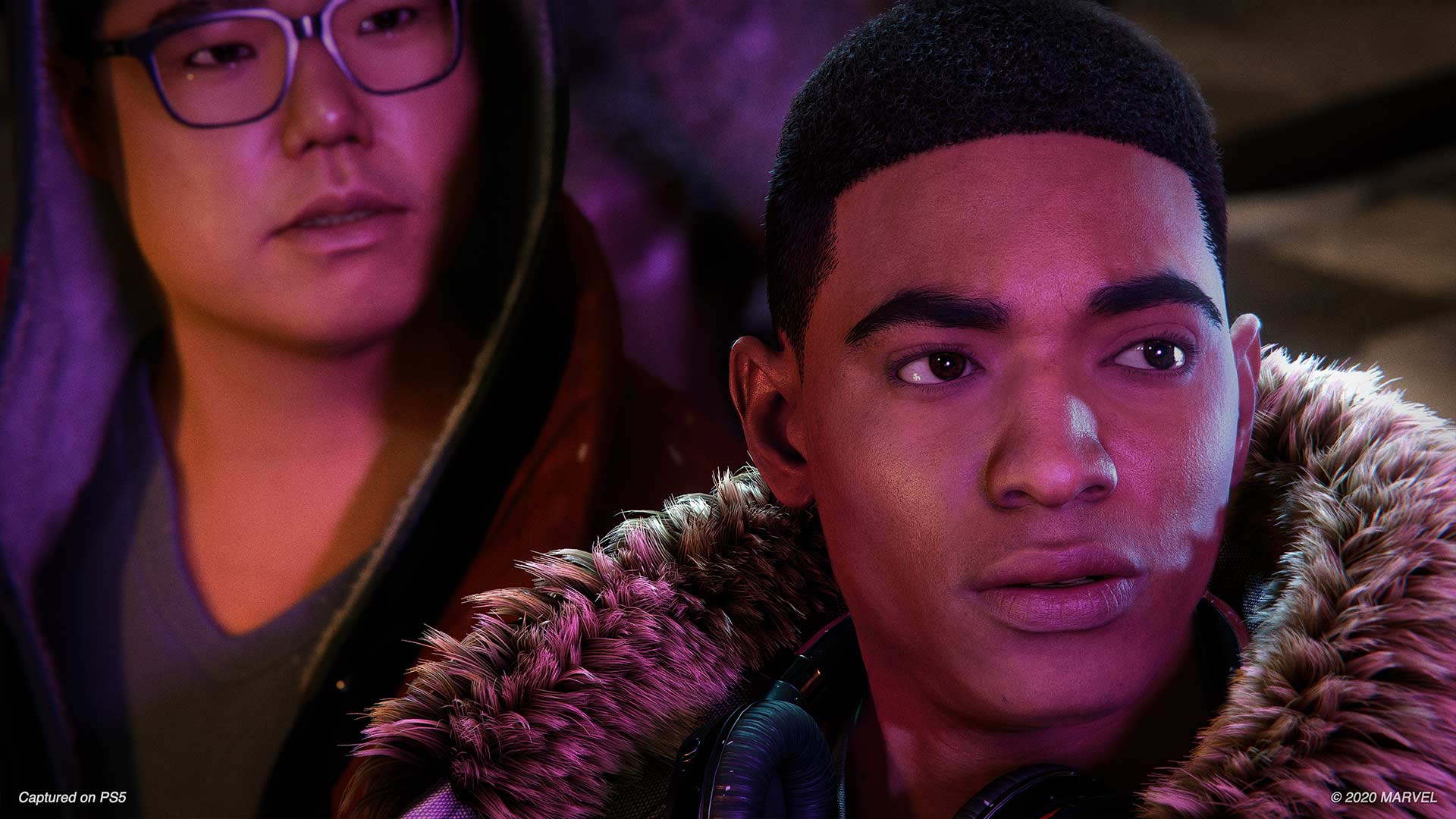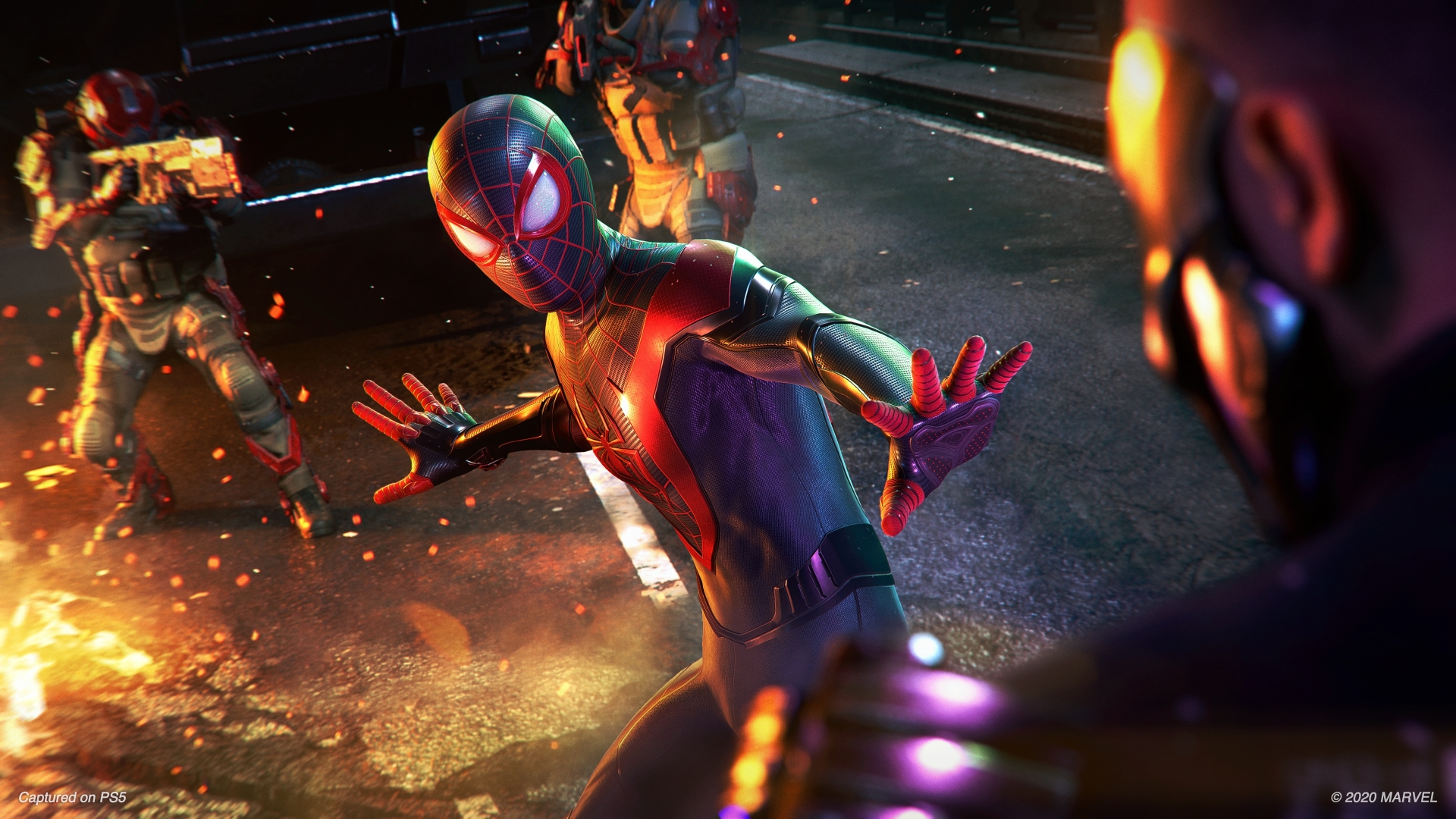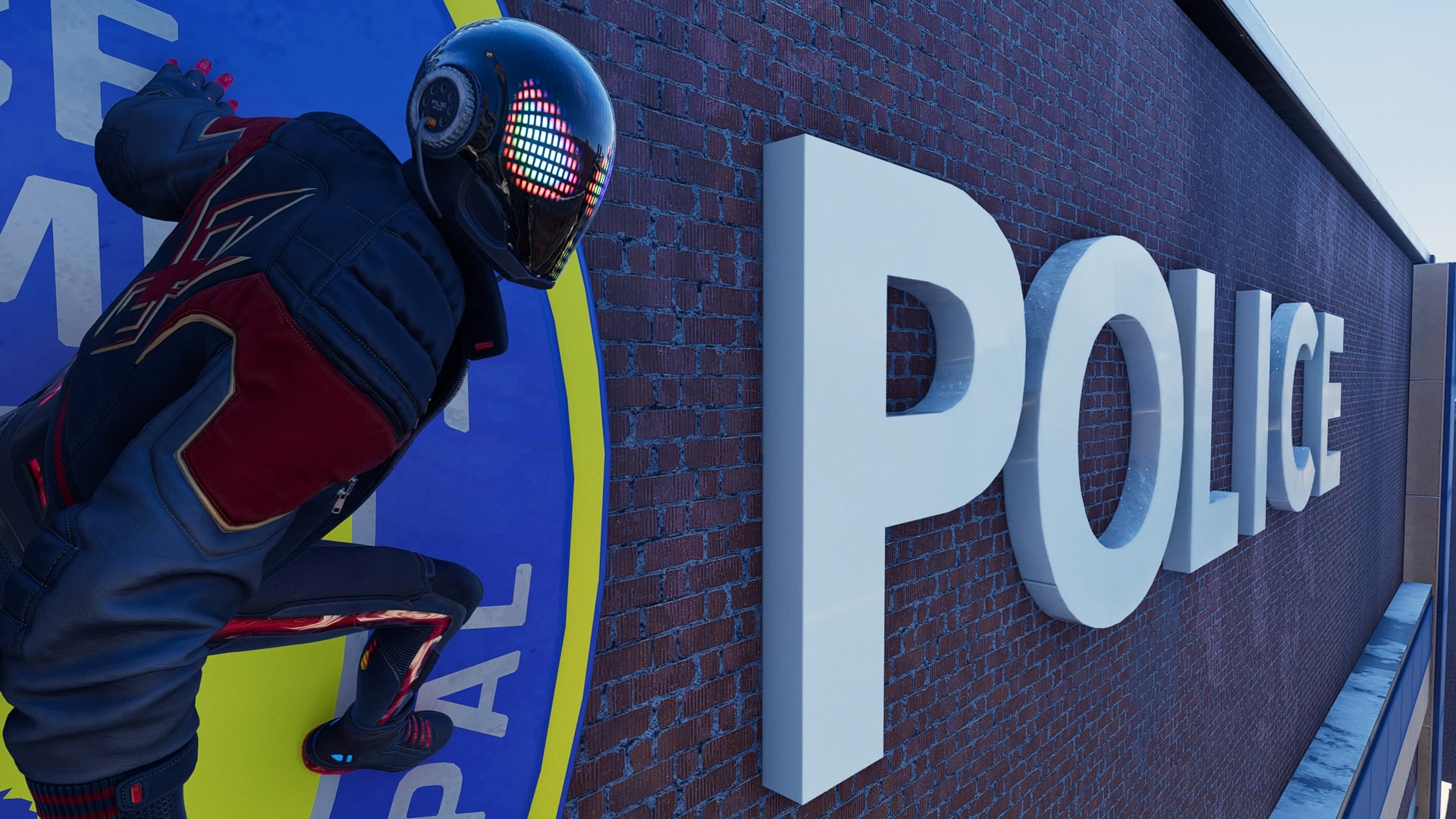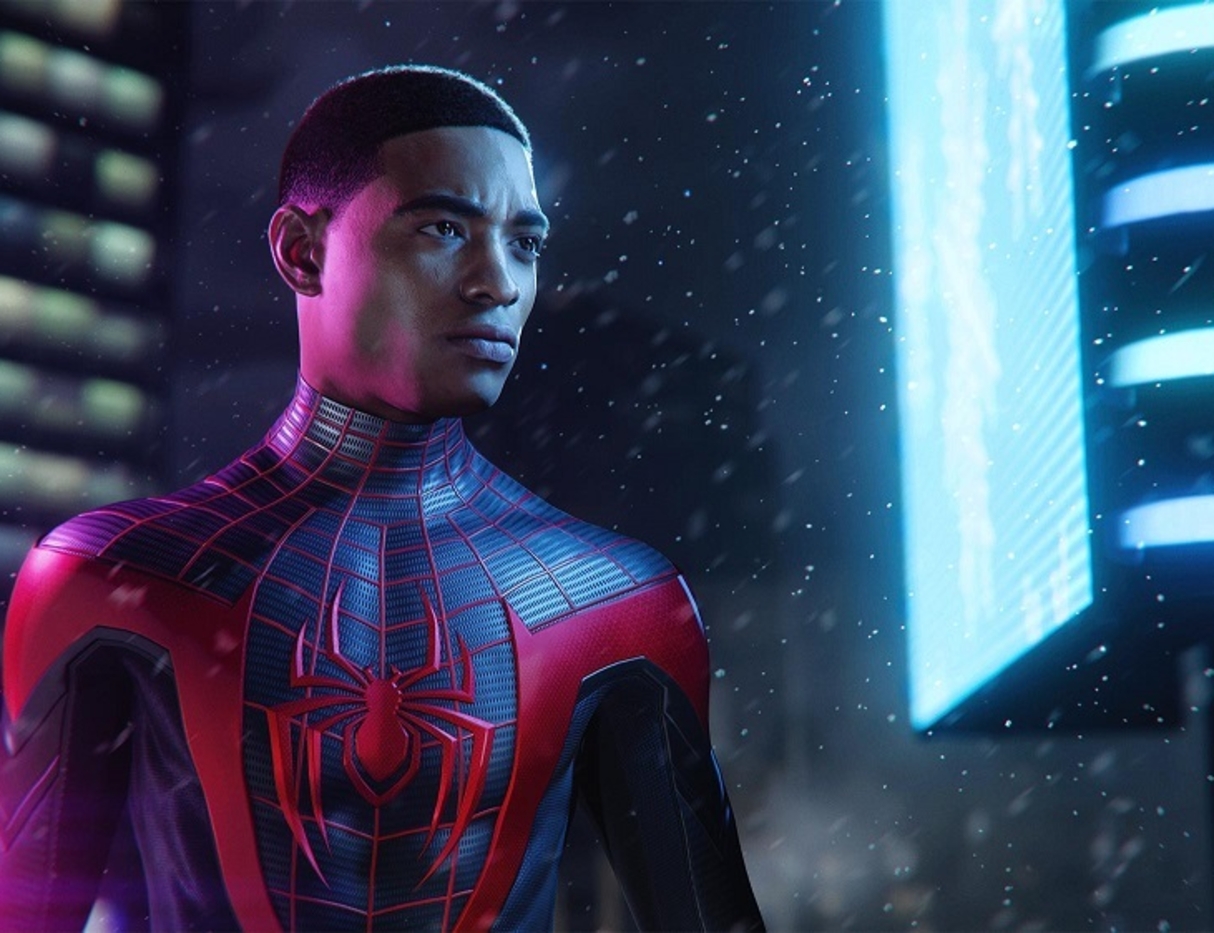More Than a Setting
In the minds of far too many people, New York City isn’t a real place where people actually live and work; it’s a concept, an idea, an amalgam of Wall Street stock swindlers, elegant ballroom galas, organized crime, arguments over pizza and bagels, and random utterances of “I’m walking here!” In popular media, the Big Apple, which has been my one true home since birth, often amounts to little more than a backdrop for late-twenties friend groups (with apartments bigger than what they can realistically afford), mafia hoodlums, neurotic comedians, and hard-working police officers who only seem to do the right thing, of course.
The reality of New York extends far beyond these caricatures. Often, these shows and movies miss both the wonders and ills of living in this concrete jungle. Where is the dedicated subway performer, the cheap dumpling spot in that Chinatown alley, the bodega where everyone has memorized your sandwich order? Conversely, where are the signs of police brutality, of gentrified neighborhoods crushing cultural history, of anti-homeless architecture? The actual good parts of living in NYC may feel mundane, but they are essential to those who enjoy living here. And the actual bad parts of this city require a sense of literacy and a greater understanding of systemic inequality and oppression that most creators are either too ignorant or too timid to explore.
Sony’s latest comic book adventure, Marvel’s Spider-Man: Miles Morales, embraces the more local elements of NYC life, particularly in ways 2018’s Spider-Man failed to do. Instead of protecting the city that never sleeps and all that goes with it, Miles Morales focuses much more on the titular hero’s new home of Harlem, a historically Black and Hispanic part of the city. Miles, a recent transplant from Brooklyn, initially struggles with the transition, but ultimately learns to love his new neighborhood—and the neighborhood loves him back.

Miles Is NYC
While the younger Spider-Man can still swing freely throughout the borough of Manhattan, fighting baddies and looking for hidden secrets, the latest from developer Insomniac zeroes in on what it’s like not just to be a resident of New York, but a member of an actual community within it.
The main story centers on Roxxon, a dangerous corporation whose experiments into new forms of energy put Manhattan in danger—but the brunt of such risks would, of course, fall on Harlem. The new Spidey (riding solo due to Parker’s oddly-timed vacation) must find a way to stop this while also combating the rise of a new crime syndicate known as “The Underground,” which is also at war with Roxxon. While the exploits of the main plot occur all over NYC, special attention is paid to Harlem, as it’s not only the area in the most danger, but one that’s dealing with the consequences of large corporate influence (and the gentrification that comes with it) as well.
Of course, much like Peter Parker, Miles Morales exists at the service of the whole city, solving crimes from the Upper West Side to the East Village to Battery Park. But unlike its 2018 predecessor, Miles Morales gives the player stronger roots. This Spidey will help just about anyone in NYC, but more characterization is given to Harlem’s working class. Morales doesn’t just go after the evildoers; he rescues bodega cats, fixes broken pipes in old buildings, and even saves a local barbershop and Caribbean restaurant from the perils of eminent domain.
In this latest webhead adventure, Spider-Man isn’t just protecting the people of Harlem from the same cartoonish dangers you’d find anywhere else; he’s looking out for the people of this city who are most often forgotten, cast aside for racist and capitalist reasons. And the people give that love back, going so far as to give him a “Harlem Pride” suit and referring to him as “our Spider-Man.” Sure, this city may need superheroes to take down gangsters and bank robbers. But the fact that tight-knit communities and working-class people—who actually exist apart from the so-called “coastal elites” that allegedly own this city—are at the center of Spider-Man: Miles Morales gives this game more weight to it, as though it actually respects the people and cultures of New York City.

Spider-Man: Miles Morales seems to genuinely love New York, and not just in the way tourists do. Morales can swing around town wearing Timbs. There’s a button prompt to pet the local bodega cat (or, as comedian Desus Nice would say, pet the bodega’s assistant manager). Different parts of the city have different vibes, with Harlem residents dancing in the streets and people in midtown hastily trying to avoid enormous crowds of out-of-towners. Graffiti is everywhere, and nobody seems especially bothered by it. Miles and a friend even talk about how they got into different high schools based on a placement test (a clear reference to the “Stuyvesant Test,” which I bombed). And, most importantly, nobody in the game seems particularly shocked or amazed at Spider-Man’s existence, as he can walk the streets, take the subway, and enter stores without anybody batting an eye.
(Side note: A superhero like Spider-Man couldn’t exist anywhere else. No way people in Pittsburgh, Milwaukee, or Boston would ever find a man in a tight suit shooting webs from his wrists and beating up villains dressed in even more outlandish costumes even remotely normal. New Yorkers would get over it in about a week.)

The love doesn’t stop there. In the game’s opening cutscene, Miles helps a random guy on the street lift a couch into a moving truck. A deaf street artist later gives him a hat and scarf to make sure he’s warm enough for the harsh winter cold, and he thanks her in ASL. F.E.A.S.T., an organization of homeless shelters where Miles is a volunteer, seems to have real financial support from local communities. New Yorkers have long had a reputation of being rude and standoffish, but we will absolutely help each other out in a pinch (also, you might think we’re being “rude,” but really we’re just impatient).
In these ways, big and small, Miles Morales gets to the core of what it means to live here, to thrive here, and to be its protector. Miles doesn’t just take out the biggest threats and run out dangerous individuals; he really looks out for everyone around him. That’s the New York I know.

The Darker Side of the Street
Unfortunately, the game fails to fully reckon with the other kind of New York I know, and that far too many marginalized populations know. A New York that overpolices certain neighborhoods and throws countless young Black men into an island prison. A New York with communities overrun by drug abuse, with addicts demonized as “crackheads” or “junkies.” A New York where the most destitute and desperate are viewed as monsters, and where those most in need of life-saving assistance get pushed away by the wealthy. A New York that welcomes expansion by big corporations that destroy small businesses and price out those who have been residents for decades, particularly people from majority BIPOC neighborhoods. A New York that allowed stop-and-frisk for way too long.
You can’t discuss the more problematic elements of New York City without addressing the citizenry’s relationship with the NYPD. The greatest blemish on Spider-Man 2018’s legacy as a game was how it framed the titular superhero as mainly an extension of the police. Instead of being a masked vigilante protecting the little guy, Peter Parker aided the cops in their takedowns of the city’s “worst” criminals, some of whom were drug dealers or petty thieves. There was little to no mention of the NYPD’s dark legacy, nor were the police’s motives ever seriously challenged at any point. In the game, cops were good, and Spider-Man was good because he was basically a cop.
Miles Morales at the very least addresses this tension, as the new Spider-Man no longer works or even directly communicates with the police at any point. If anything, Miles has somewhat of an adversarial relationship with the police, where the cops often view him as a nuisance and he views their arrival as his cue to leave the scene. Miles Morales is no Spider-Cop this time around.

Still, it’s not like the game really has anything of note to say about the relationship between the police and the city’s residents. Sure, there’s a colorful Black Lives Matter mural, but no mention of what sparked that phrase’s existence. Harlem locals seem eager to ask Spidey for help, and while it’s often implied that they would not turn to the police for such aid, nobody says exactly why. And while the Friendly Neighborhood Spider-Man App allows for Miles to engage in video-gamey questing without any connection to the NYPD, there’s no explanation as to why Peter Parker directly aids the police but Morales does not.
Plus, Miles still has some cop-like tendencies. Whenever defeating a group of baddies (or even a supervillain like Rhino), Miles tends to make some mention of throwing these evildoers in prison or waiting for the police to “handle it from here.” Clearly, Miles’s father being a cop who died on duty likely painted the police in a more positive light to him, but that just makes his otherwise distant relationship with cops all the more confusing. Perhaps the game was subtly trying to suggest that even the smart, well-to-do teenage son of an esteemed officer might still just be another ne’er-do-well Black teen in the eyes of the cops, but that might be giving the folks at Insomniac a little too much credit.
I loved swinging through Manhattan as Miles, taking down bad guys and exposing corporate malefactors while protecting some of the city’s more vulnerable populations. Miles Morales excels at making Manhattan feel alive and Harlem’s Spider-Man feel like a true defender of “real” New Yorkers. But the more I played, the more questions kept popping up in my head about what kind of world Insomniac wanted to present.
If the Friendly Neighborhood Spider-Man App were real, would people use it as a way to voice their actual immediate concerns, or would a bunch of White yuppies weaponize it (the way they do with the Citizen app) to avoid “dangerous” neighborhoods and continue to demonize impoverished people of color? If Spider-Man hadn’t been able to expose the evils of Roxxon, and the company successfully poisoned an entire neighborhood, would anyone outside of Harlem have cared, since in real life people ignore environmental malfeasance in such places? Should I feel in any way uncomfortable with the fact that many missions in this game involve beating up escaped prisoners, knowing that, in reality, so many Black and Brown people are unfairly incarcerated each year for the smallest of offenses? The game isn’t equipped to answer these questions, but it should be incumbent on developers to fully understand the political implications of their fictional worlds, especially if those worlds are rooted in some form of reality.

Spidey State of Mind
I’m not always sure I should expect a big-budget, AAA superhero video game to properly explore these subjects or answer these questions, since few games from major developers ever even ask them. I’m glad at the very least that Miles Morales provides some distance between the hero and the cops, and that the game points the finger at larger, institutional villains. I just wish it had gone further and really nailed down why New Yorkers would embrace a teenage vigilante over the hundreds of officers who supposedly exist to protect and serve them. I wish it had given as much time and consideration it spent loving the city as it did criticizing it.
Spider-Man: Miles Morales is far from a perfect encapsulation of NYC life. But it seems to genuinely care about actual New York residents, even if it fails to name their true enemies. Miles Morales doesn’t fully embrace the harsh realities that inspire its existence, though thankfully it doesn’t completely run away from them either; New York is a big, complicated mess of a city, and I’m glad the game highlights some of the lovelier parts of that mess. But the mess is still a mess, and even a superhero shouldn’t ignore that.
Sam has been playing video games since his earliest years and has been writing about them since 2016. He’s a big fan of Nintendo games and complaining about The Last of Us Part II. You either agree wholeheartedly with his opinions or despise them. There is no in between.
A lifelong New Yorker, Sam views gaming as far more than a silly little pastime, and hopes though critical analysis and in-depth reviews to better understand the medium's artistic merit.
Twitter: @sam_martinelli.










